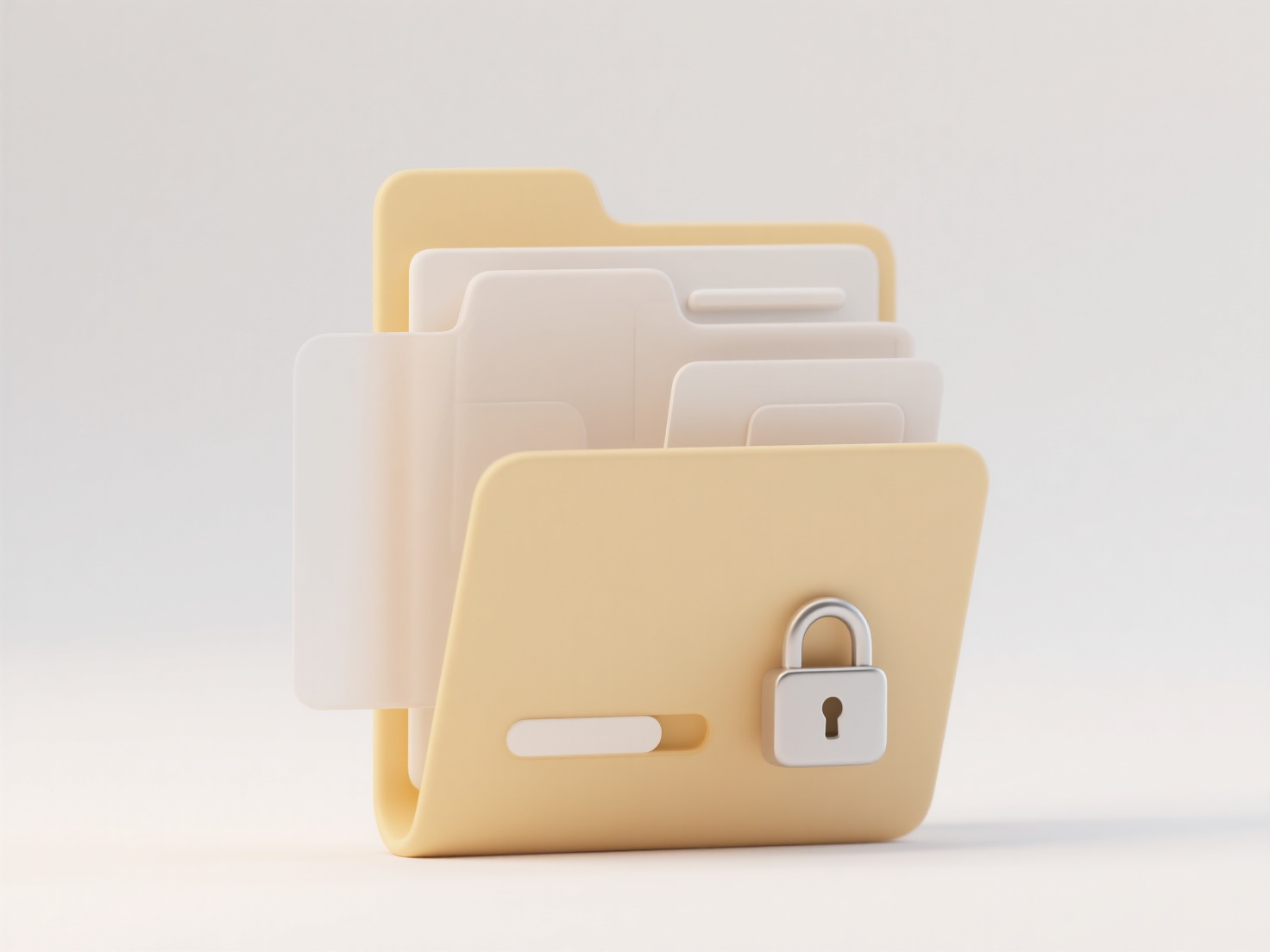
To prevent duplicates when exporting files, establish strict naming conventions before each export operation. This involves adding unique identifiers—like timestamps or incremental numbers—to filenames during the save process. Alternatively, systems may incorporate checksum validation (comparing file content signatures) or metadata checks. Unlike manual file comparison, automated methods reliably detect both identical filenames and identical content in different files.

For instance, photo editing software like Lightroom appends sequence numbers when exporting batches (e.g., Vacation_001.jpg, Vacation_002.jpg). In data engineering, ETL tools such as Apache NiFi use SHA-256 hash verification to skip exporting database records identical to previously transferred files. Cloud platforms like AWS S3 offer versioned buckets that track file iterations without duplicate filenames.
While effective, strict uniqueness rules may complicate file organization or require cleanup scripts. Overly granular identifiers can make filenames less human-readable. Ethically, deduplication reduces storage costs and avoids confusion when collaborating. Future approaches include AI-driven content similarity detection, but standardization remains crucial for data integrity in fields like healthcare records management.
How do I avoid duplicates when exporting files?
To prevent duplicates when exporting files, establish strict naming conventions before each export operation. This involves adding unique identifiers—like timestamps or incremental numbers—to filenames during the save process. Alternatively, systems may incorporate checksum validation (comparing file content signatures) or metadata checks. Unlike manual file comparison, automated methods reliably detect both identical filenames and identical content in different files.

For instance, photo editing software like Lightroom appends sequence numbers when exporting batches (e.g., Vacation_001.jpg, Vacation_002.jpg). In data engineering, ETL tools such as Apache NiFi use SHA-256 hash verification to skip exporting database records identical to previously transferred files. Cloud platforms like AWS S3 offer versioned buckets that track file iterations without duplicate filenames.
While effective, strict uniqueness rules may complicate file organization or require cleanup scripts. Overly granular identifiers can make filenames less human-readable. Ethically, deduplication reduces storage costs and avoids confusion when collaborating. Future approaches include AI-driven content similarity detection, but standardization remains crucial for data integrity in fields like healthcare records management.
Quick Article Links
Should I organize by file type or by function?
Organizing by file type groups items sharing technical formats, such as all PDFs or spreadsheets together, creating a st...
What’s the most secure document format?
The concept of "most secure document format" depends heavily on how security is defined, typically focusing on preventin...
Why are network files slower to search?
Searching network files often feels slower due to their remote location compared to local files on your computer. Networ...